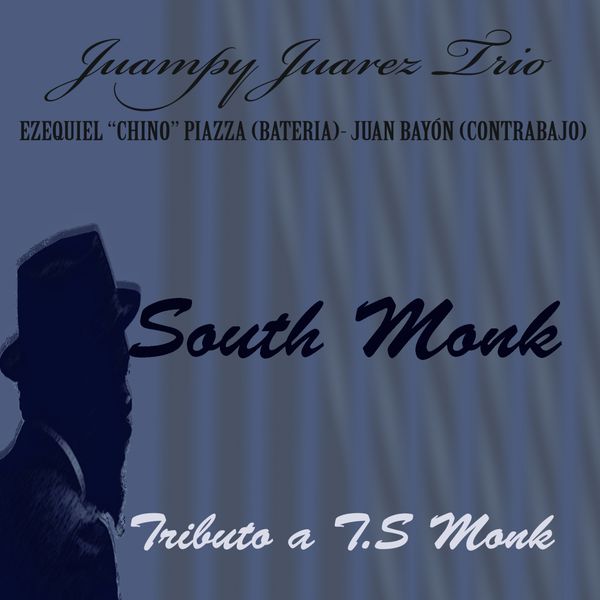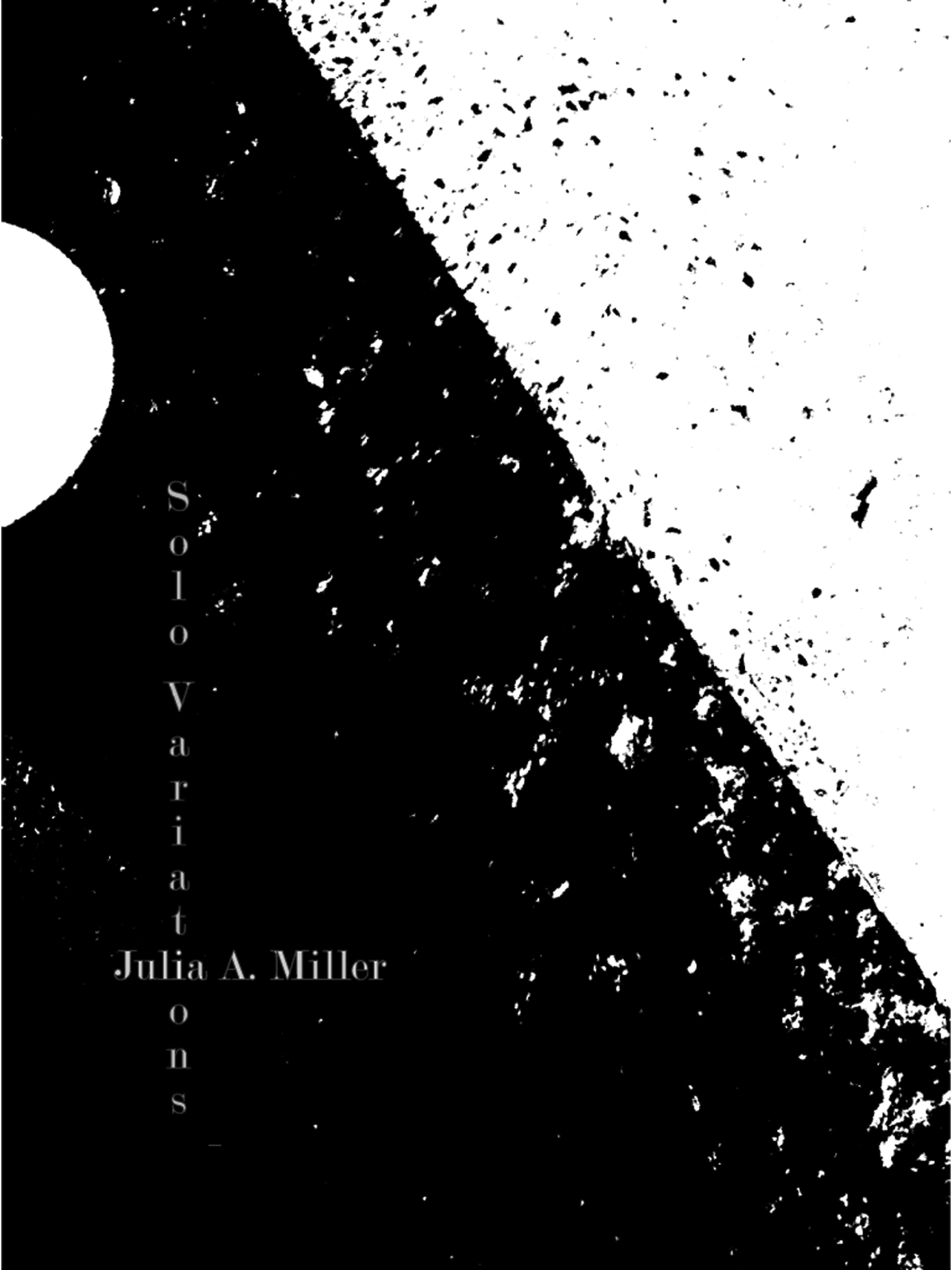 Amy Denio
Amy Denio is a composer, singer, multi-instrumentalist, audio engineer, international collaborator, and record producer. Her main instruments are voice, accordion, alto saxophone, clarinet, electric guitar, and bass, and she's a budding thereminist. She has played at festivals, churches, schools, prisons and mercury mines throughout East & West Europe and North America, as well as in Taiwan, Japan, Hong Kong, India, Brazil, and Argentina.
Her collaborative efforts have been seen and heard at
Carnegie Hall, the Brooklyn Academy of Music, Seattle Opera House, Detroit Institute of Art, Venice Biennale, Roman Theater Trieste, and on top of 3
Metro Busses in Seattle.
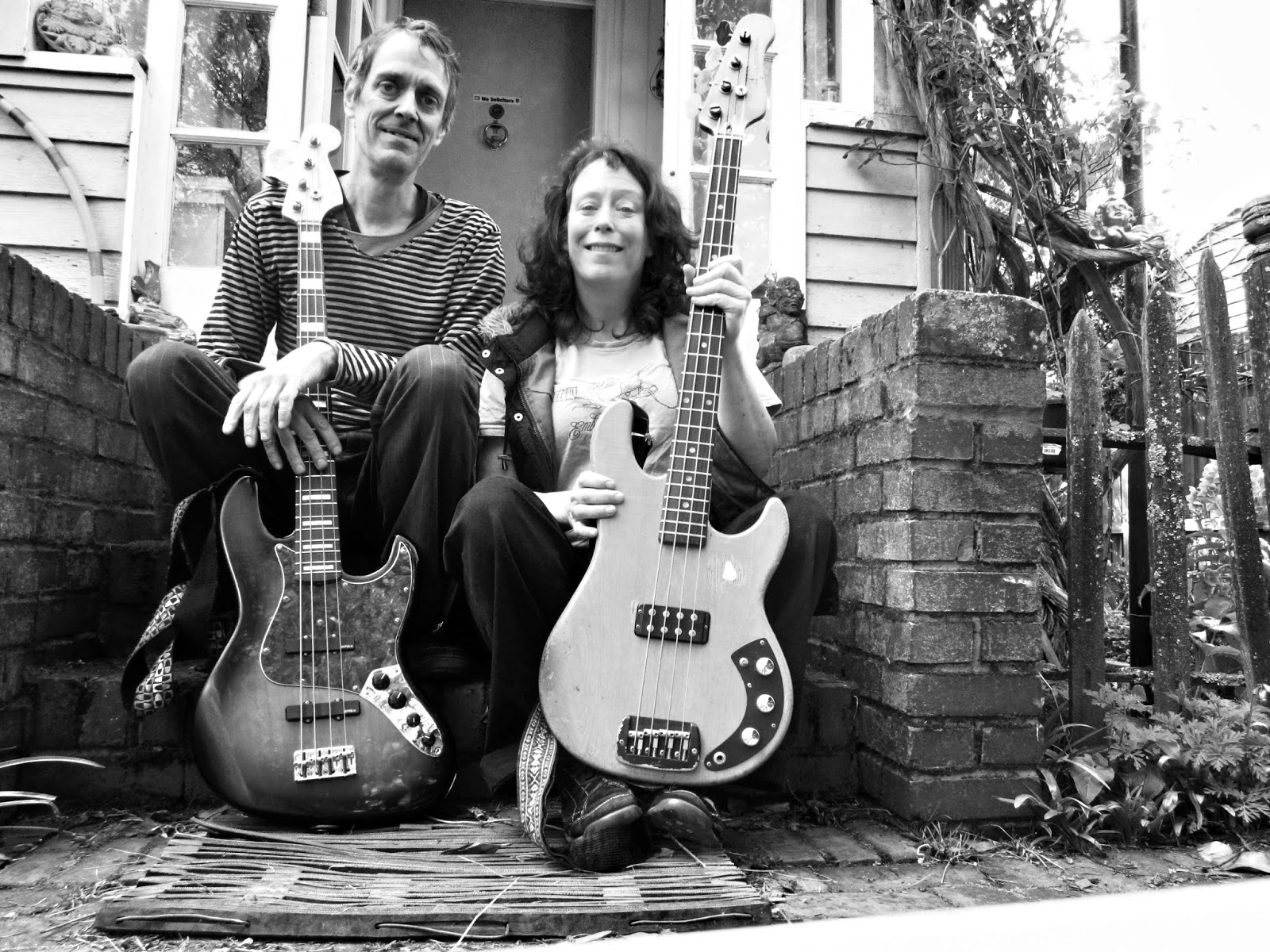
Tone Dogs
Home-taper since the Dark Ages of Analog, she started her label and publishing company
Spoot Music in 1986, with the release of her first cassette, ‘No Bones.’ Since then, she’s recorded & released other cassettes, LPs and 35+ CDs created solo and with an array of international musicians.
She's a founding member of
Tone Dogs,
The Tiptons (formerly Billy Tipton Memorial) Saxophone Quartet,
Danubians,
Pale Nudes,
Lao Tse and The Entropics,
Quintetto alla Busara,
her Italian chamber/kitchen quintet, and
Ama Trio.
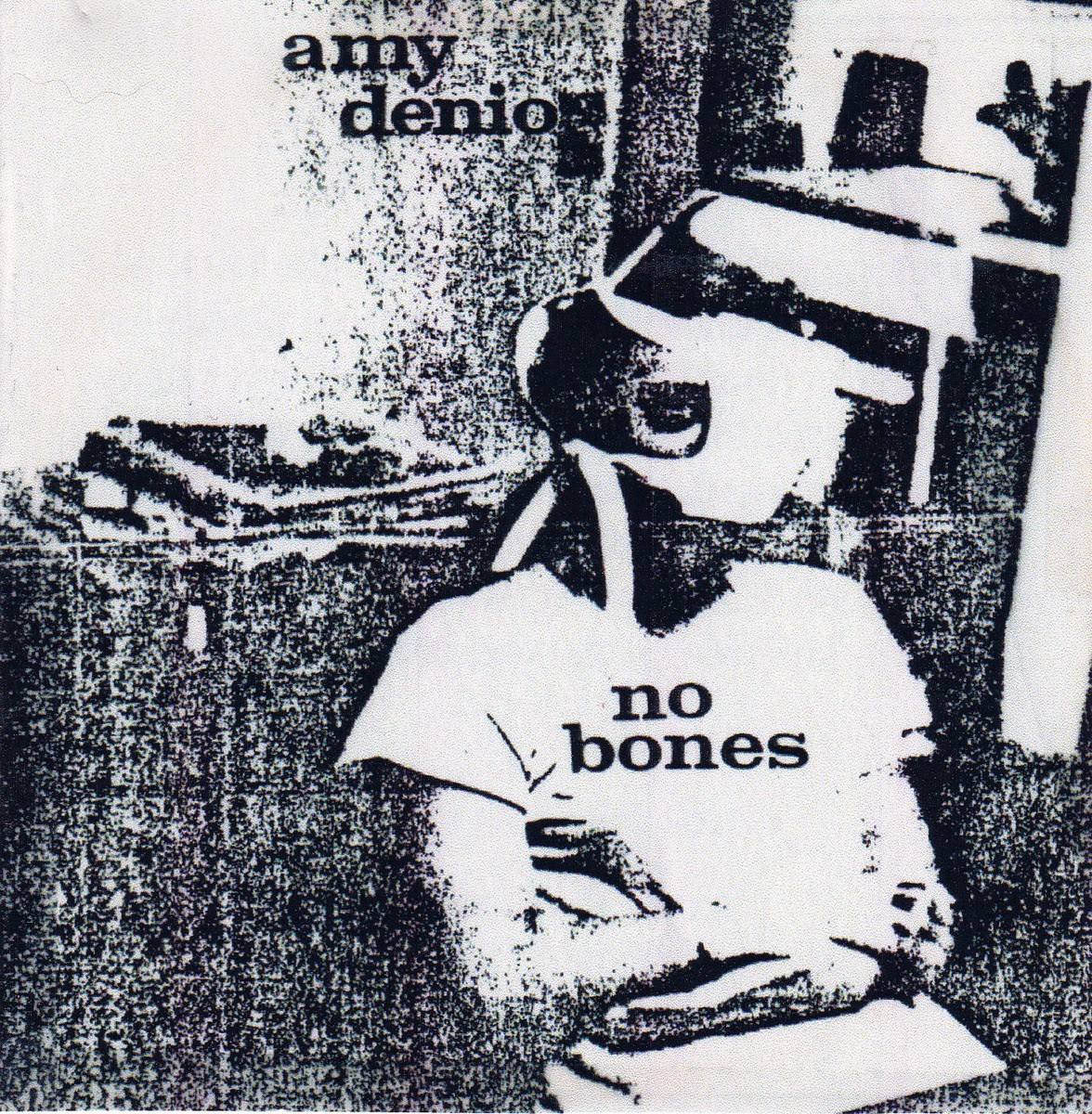
She has recorded and toured with Bosnian gypsy-core group
Kultur Shock since 1999. She has also collaborated, recorded and toured with Austrian trio
Die Resonanz Stanonczi, The Science Group (
Stevan Tickmayer/ Chris Cutler/Fred Frith/Bob Drake, etc),
Curlew, and she also collaborates with pan-Latin duo
Correo Aereo.
She has toured solo and has played with various groups and musicians such as
Francisco Lopez, Danny Barnes, Relache Ensemble, Faust, Fred Frith, Matt Cameron, Bill Frisell, Chris Cutler, Guy Klucevsek, Pauline Oliveros, Hoppy Kamiyama, Ronin, Il Parto delle Nuvole Pesanti and has played with
Chuck D's Fine Arts Militia.
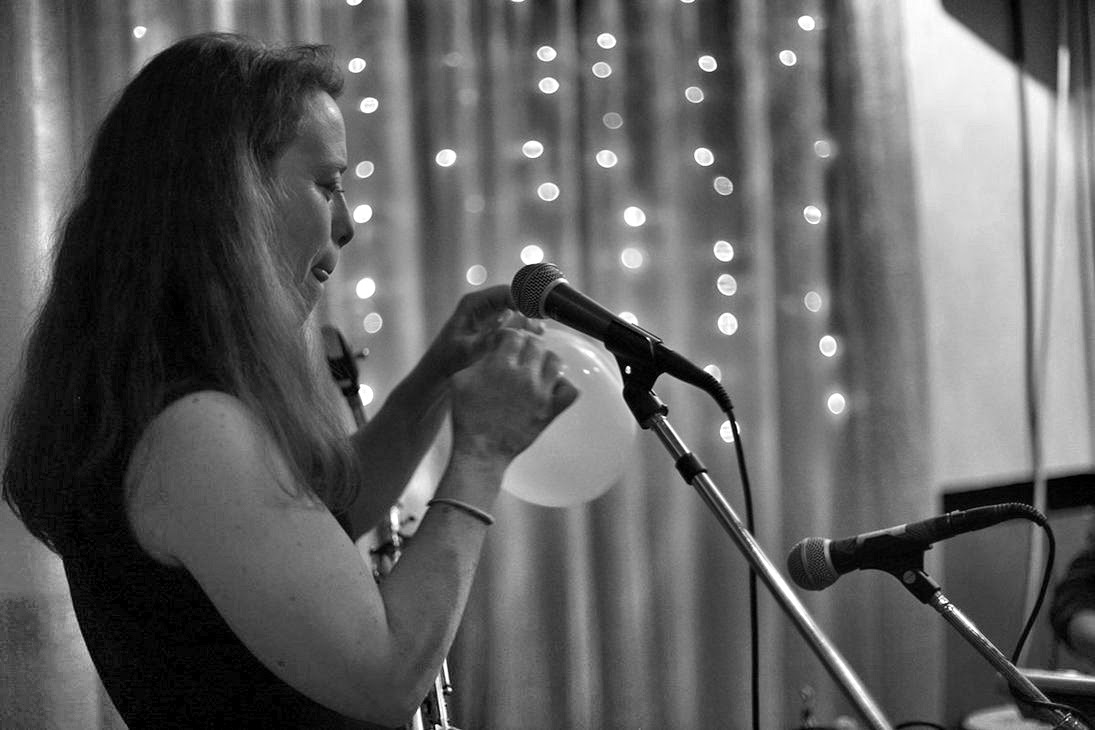
Denio's music was included in the
John Cage Retrospective at the 1993
Biennale di Venezia. She has been a long-time collaborator with
David Dorfman Dance; she received a
Bessie Award for Composition (NYC) for her soundtrack to
Dorfman’s piece 'Sky Down,' and premiered new music at
Brooklyn Academy of Music ‘Next Wave’ 2000 series for
Dorfman’s piece ‘To Lie Tenderly’.
She scored 2 animated films by
Thomas Edward ~ 'Pangaea's Brood' which won 'Best Animated Film' at the 1999
NY Underground Film Festival, and 'Synchrony in Estrus' which won 'Strangest Film' at the 2003
Motion Arts Festival in California. She also scored
Jamie Hook's feature film 'The Naked Proof,' which received honourable mention at its premiere in the 2003
Seattle International Film Festival.
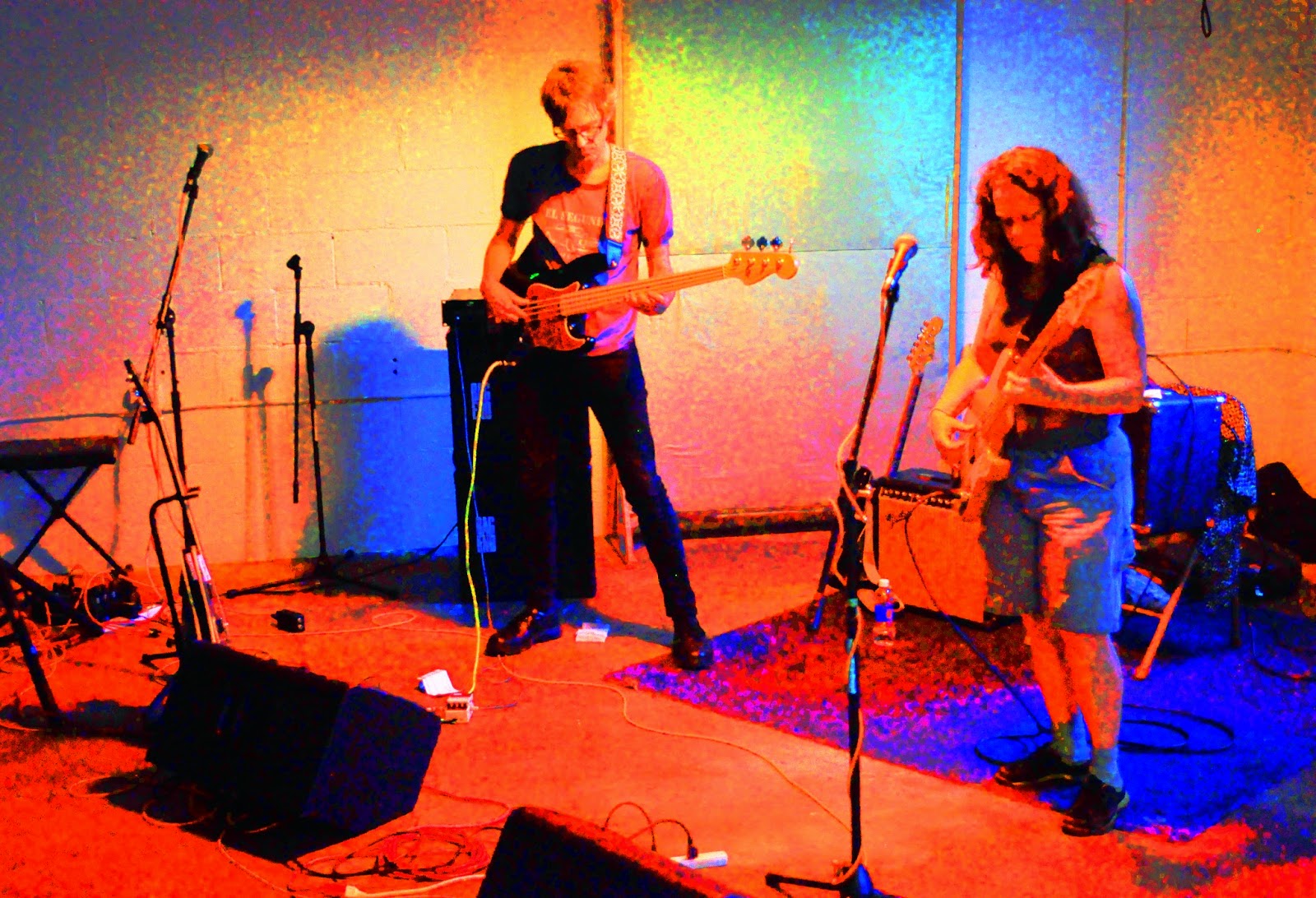
Other commissions include music for
Italian National Radio, the
Berkeley Symphony,
The New York Festival of Song,
Relache Ensemble, the Austrian chamber octet
Die Knodel, choreographers
Pat Graney, Victoria Marks, Aiko Kinoshita, Li Chiao-Ping, Cheronne Wong and
Carla Barragan, multi-media performance group
Run/Remain Ensemble, UMO Ensemble, and choreographer actor/clown
Lorenzo Pickle.
She has received grants and fellowships from
NEA, Meet The Composer, Civitella Ranieri, Seattle Arts Commission, King County Arts Commission, 4Culture, Washington State Arts Commission, Arts Link, Pew Charitable Trust, Artist Trust, Arts International, and from various philanthropists. In 1996 she received Fellowships from both
Seattle Arts Commission and
Artist Trust. In July/August 2004 she was a (very happy!)
Fellow at Civitella Ranieri in Umbertide, Italy. In 2008, she received the
Artist Trust Paul Good Fellowship in Ireland.

On New Year's Eve, 2006, her Italian band
Quintetto alla Busara accompanied French circus Farfaides in the Piazza del Plebiscito in Naples Italy with 10,000 in attendance, broadcast internationally.
She recently completed a 2-year commission from
Meet The Composer to compose the soundtrack for
Dan Froot and
Dan Hurlin's toy theater/puppet piece 'Who's Hungry? - Santa Monica'. This work is based on oral histories of 'food-insecure' people, and was premiered in Santa Monica, California in January, 2012. Fascinated by 'unheard voices', she collected oral histories and created a multi-media performance entitled 'Mythunderstandings' in collaboration with the
Tiptons Sax Quartet, Saanich Tribe story teller and musician
Paul 'Che oke ten' Wagner, film maker
Adam Sekuler and director
Lisa Halpern, which premiered in Seattle WA in January, 2013. They are touring this piece in America in January, 2015.
Though mainly self-taught, (both her parents played jazz contrabass) Denio was sponsored by
Jazz India to study voice in Bombay in 1997 with
Dhanashree Pandit Rai. She has taught workshops on improvisation and composition throughout Europe and the US. In April, 2001, she was invited by
Fred Frith to be
Rosencranz Artist In Residence at
Mills College in Oakland, California.
 What do you remember about your first guitar?
What do you recall about your playing learning process?
What do you remember about your first guitar?
What do you recall about your playing learning process?
My sister left her guitar behind when she went to college; it was a classical guitar.
My first real guitar was a Guild T-50 Acoustic Electric, which unfortunately was stolen while I was in high school.
My learning process is principally based on my ear ~ I have always preferred to improvise, and decided to become an autodidact at age 12. I never liked teachers telling me what was right or wrong about music.
Can you describe a sound experience that you believe contributed to your becoming a musician?
My mother playing bass while I was still in the womb.
Which was the first and the last record you bought with your own money?
When I was 12 I signed up with the RCA Music club, and remember receiving 8 LPs. They included
Elton John: Yellow Brick Road, and
Alice Cooper:
School's Out, and
Bachman Turner Overdrive:
Greatest Hits.
The last record I bought was the vinyl LP of the soundtrack to the cult movie
Shredder Orpheus, which I purchased in November. The soundtrack just came on vinyl! I played bass on the recording.
What do you expect from music?
To help me express myself in ways that I could never do with spoken language; it is the language of my soul.
What do you like the most about being a musician?
I see community created at each concert ~ I love that strangers come together to experience something together; and I adore that =music is an international language that serves as a bridge between cultures.
Which work of your own are you most surprised by?
I created a soundtrack for modern dance called
Tasogare.
When I started work on it, I felt tired and in a bad mood. I decided to do the easiest thing; play the note C on the accordion for a long time, and put it through my Line6 Delay Modeler's loop.
I played the note C for about 15 minutes, and with the anomalies of the instrument, a very beautiful melody built from the harmonics of the note C unfolded. It was astounding! Keeping the same setting on the looper, I then played G ~ and a different melody with a faster cadence appeared like magic. Same with the note F.
Then I decided to see what should happen with C#; I'd recently heard that it is the most far away from the natural harmonic scale. The result was complete dissonance, using exactly the same settings. My laziness opened up a world of wonder and beauty!
What's the relevance of technique in music, in your opinion?
It's more fun to play when one has good techniqute ~ and probably more enjoyable to listen to; but I am a strong advocate of intuition in music.
To quote my theory teacher
Roland Wiggins, 'You gotta learn the rules to break them.' Developing good technique is also helpful for musicians not to hurt themselves physically!
What quality do you admire most in an musician? What quality do you most empatize with in a musician?
Playfulness. Empathy and good listening skills.
What’s the difference between a good instrument and a bad one?
The more resonant, the better!
Dream about a perfect instrument.
One that surrounds your entire body, comfortably.
What instruments do you use?
My voice, acoustic & electric guitar, baritone guitar, bass guitar; alto sax, clarinet, accordion, theremin, percussion instruments, my mother's gall stones as a maraca, anything that resonantes.
What are the challenges and benefits of today's digital music scene?
Benefit: Everyone with access to a computer can make music!
Challenge: The market is glutted with too much information.
Benefit: It's easy to edit, overdub, and create music digitally.
Challenge: The synergy of a musician or group playing continuously is a rare experience in the studio!
Define the sound you're still looking for.
What are your motivations for playing music?
Mysterious, beautiful, captivating and playful, all at the same time.
To strengthen my intuition, to create community by playing concerts, to create beautiful compositions and improvisations. Also, I sing into people to help them physically; I have had great success singing resonant tones into people with broken bones or recovering from cancer surgery, or stiff muscles. I hope to do more of this, it really works!
How would you define silence? And Noise?
Silence is virtually impossible, except in deep space (though a Romanian physisist told me recently that it's been proven that there is in fact sound in space!)
Noise depends on culture. For example, I love what other people call noise; Noise is that which one does not plan to hear.
What's your best musical experience?
Oh no! I've had so many...
Here's one: I was at my friends' house in Seattle, improvising on a Monday night. The phone rang, and
Jason hung up, sighing, saying 'well these other musicians are coming over, and they only want to play their songs."
I figured, ok we'll pass the guitar around the imaginary campfire, I can put up with a few songs.
In walked 5 guys from Morocco, carrying Saharan percussion instruments and one banjo instead of oud. They had discovered they all knew the same Gnawa trance songs from the Sahara desert. I ADORE Gnawa music.
I played my A on my accordion to encourage tuning the banjo to me, and the banjoist ingored me. They started playing, and I joined in. My accordion sounded perfect with the banjo, and after 10 minutes or so, I felt literally outside of my body with joy.
In 1994 I played with
Chris Cutler and
Wadi Gysi (
Pale Nudes) at Westwerk in Hamburg. Much to my surprise, I discovered that the dancing people there were from the band
Faust, so I had the honor of meeting some of my heroes. Literally 2 weeks later,
Faust played in Seattle, and called me the night before. We drank red wine in their hotel room, we had a marvelous evening, and they invited me to play on one song. The next day, I came to the venue and they showed me the set list ~ they invited me to play on almost every song! They had arranged for a piano; in concert, they destroyed it,
Jean-Herve did naked body painting, a metallic structure was constructed around and above the drums, and they had a blow torch, so I was showered by sparks for the entire concert. I figured the usual 35 new music afficionados would come, but instead the concert was sold out. Unforgettable night!
What is your relationship with other disciplines such as painting, literature, dance, theater ...?
Painting: I've collaborated with Croatian visual artist
Danijel Zezelj painting live while I played, very beautiful stuff!
Literature: I once improvised music to
Dr. Seuss' "Butter Battle Book", and also wrote an entire song cycle for Austrian chamber ensemble
Die Knodel, based on 'Invisible Cities' by
Italo Calvino.
Dance: I've been composing soundtracks for modern dance since 1983, received a
Bessie Award for my work with
David Dorfman Dance, and also performed at the
Brooklyn Academy of Music's
Next Wave Series with him.
Theater: I've composed for various theater ensembles through the years, but prefer other media.
Where are your roots? What are your secret influences?
Books:
The Tuning of the World by
R. Murray Schaefer;
The Song Lines by
Bruce Chatwin;
The Ecology of Eden by
Evan Eisenberg;
Invisible Cities by
Italo Calvino, anything by
Rumi.
People:
Fred Frith, instrument inventor
Bob Tudor (who introduced me to free improvisation),
Experiences: going on 3 separate solos (staying completely alone for 2 nights and 3 days) in the wilderness as a teenager, living in Ireland at age 16, 'leaping into the void' (i.e. moving to an unknown city) twice.
Which living or dead artist would you like to collaborate with?
Fred Frith, Stuart Dempster, Jeff Buckley, Dennis Palmer.
What would you enjoy most in an music work?
Dynamics, playfulness, beauty, surprise.
If you could, what would you say to yourself 30 (or 35) years ago, about your musical career?
Around that time the message was 'you must specialize to succeed'. I remember firmly decided against that, and became a multi-instrumentalist; each instrument paints my one song in a different light.
What is some valuable advice that someone has given to you in the past?
Pain builds character.
What’s your craziest project about?
Oh no! I've had more than one...
For many years I've been playing in
Kultur Shock, a Balkan punk/metal/folk band. The songs are crazy, my band mates are crazy, and our public is completely wacko, especially when we play in ex-Yugoslavia.
Or it might be my piece 'The Inadvertent Hacker', which I was commissioned to compose for the
Hacker Symposium by the Pacific Science Center.
Maybe because my name starts with A, I often receive phone calls from peoples' pockets or bags. I made field recordings of inadvertent messages left for me, and constructed a piece based on the tonalities and subjects of messages I received which were not actually intended for me.
What projects are you working on now and what does the future hold?
I just finished producing the second CD by the most amazingly beautiful Italian sextet OU, and will be putting it out on my record label
Spoot Music very soon!
In January 2015 I am touring with the
Tiptons Sax Quartet & drums in the US, presenting our multi-media piece 'MYTHUNDERSTANDINGS', based on oral histories.
In February/March 2015 I am touring Europe for 6 weeks with Balkan punk metal band
Kultur Shock, presenting our new LP/CD, 'IX'.
In April/May 2015 the
Tiptons tour Europe.
In summer 2015
Kultur Shock will play festivals in Europe.
I hope to take a sabbatical from touring in Winter 2015/2016; I've been invited to teach at
Angelo Mai Scuola della Musica for a month, and look forward to having some down time in Italy.
I am beginning research and fundraising for the
Tiptons to create a multimedia piece about gender perception in the music industry; we have developed a survey to ask musicians, music producers, and music appreciators, and will videotape the responses. We will cull major themes, compose music, and create a multimedia performance with video and live music, working with director
Lisa Halpern, and will premiere the piece in 2017.
After the success of my Samba/Taiwanese music arrangement and CD production 'Naruwan' (2008), I have been invited to return to Taiwan to work with
Amis Tribe teenagers to arrange produce a new recording.
I am forming a new ensemble under my own name! It will be a sextet devoted to playing my compositions; there will be trumpet, trombone, cello, bass and drums. I will sing, play saxophone, clarinet and accordion.














